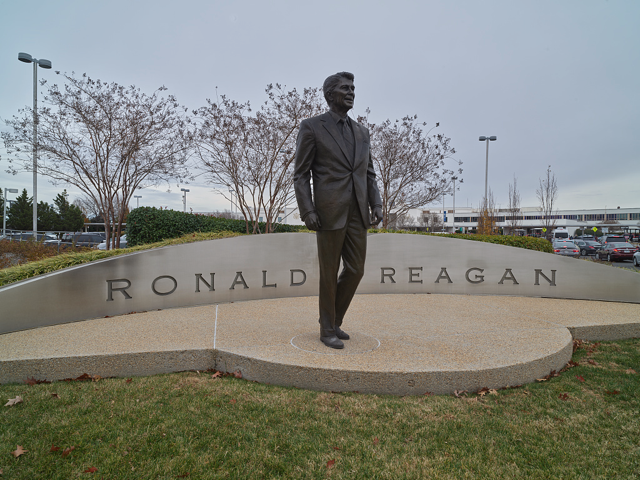A review of “The Right: The Hundred-Year War for American Conservatism” by Matthew Continetti.
A master at synthesizing information is one way to describe Matthew Continetti’s 100-year history of conservatism. In the weeds and details of the conservative movement is where his account shines. Overall, despite his joyous recollections of the glory days of mid-2000s neoconservatism, the account is mostly fair. He’s much less sympathetic to figures like Pat Buchanan and Donald Trump. After all, the author is married to the daughter of Bill Kristol and got his start at The Weekly Standard, the once influential but now defunct flagship publication of neoconservatism.
Continetti covers a hundred years, starting with Warren G. Harding and Coolidge – the return to normalcy – something Americans desperately wanted after foreign interventions and the progressive era. He transitions through monumental figures on the right like Wilmore Kendall, Russell Kirk, Richard Weaver, and Whittaker Chambers – to name just a few –with relative ease.
I appreciate his attention to figures such as Michael Novak and Richard John Neuhaus, both played a substantial role in my spiritual and economic formation after seminary. If for nothing else, they both deserve praise for being authentic and generous individuals who cared deeply about people. Novak particularly rooted the vision of free markets and liberty in a Christian understanding of the human person. Markets, when oriented towards the good, have a unique ability to elevate not just material capital but human capital as well.
National Review founder William F. Buckley receives the considerable credit he deserves. There was much less unified coherence or political energy to conservatism before the rise of Buckley. After World War II, conservatism struggled for relevancy in the initial wake of the New Deal. “The ability to see where the joints of the American Right lined up was one reason Buckley’s leadership of movement conservatism was such a success,” writes Continetti. Fusionism took off under Buckley and during the Cold War when anti-communists, economic libertarians, and social conservatives joined forces because of external threats to liberty and the leftward drift of Democrats with the rise of the New Left. Buckley worked on writing out many of the more extremist elements in right-wing politics like John Birchers or other right-wing conspiracy theorists.

That broad fusionism is now frayed, to put it mildly. Fusionism culminated in the rise of Ronald Reagan and George W. Bush to a lesser extent. The crack-up of the conservative coalition accelerated under Bush with his neoconservative regime change foreign policy and big government-light brand of “compassionate conservatism.” It turns out attachment to big government is problematic even when wrapped in a religious cloak.
Bush’s presidency helped fuel an erosion of trust in institutions, particularly given government-backed bailouts for corporations. The result of his tenure is a more aimless conservatism that tried to define itself rather erratically in a post-Cold War world. While undoubtedly a decent human being, it’s hard to imagine that Bush’s legacy will look any better in time, given the war and his relatively half-hearted defense of conservatism.
Continetti views Trump as the cause for a “Republican Party out of power” and “conservatism in disarray.” However, it’s much more nuanced than those simplicities. The brokenness of Washington plays a pivotal role. He also links Trump to Charles Lindbergh’s fascist sympathies, Birchers, and former Democrat governor and presidential candidate George Wallace. That seems to be the overarching reason he included those figures in his account, making sure their tied to Trump’s legacy.
Continetti doesn’t seem to have many solutions for the direction of conservatism today. Likewise, there is still far too little explanation on why institutions are failing. Many of those consequences pre-date Trump and loss of confidence in the Republican Party because of lousy leadership by figures like former House Speaker Paul Ryan, who once touted himself as a “young gun” but did little to nothing to control overspending in Washington and ultimately became another creature of Beltway status quo.
The author again reinforces that conservatism must be rooted in the American Founding. He’s dead-on in saying, “there would be no American conservatism without the American founding.” Near the end of the book, he quotes notable Harvard professor Harvey Mansfield who believes the “principal task of conservatism is to save liberalism from the liberals.” That seems like a political definition for winning elections rather than rediscovering the beauty and truth so vibrant in conservative thought. Ultimately, Continetti does an excellent job synthesizing history. Still, there’s not much new in this account if one already studied the topic and there are other thorough books
Ray Nothstine is Carolina Journal opinion editor and Second Amendment research fellow at the John Locke Foundation.
This review first appeared in the July / August print edition of Carolina Journal.